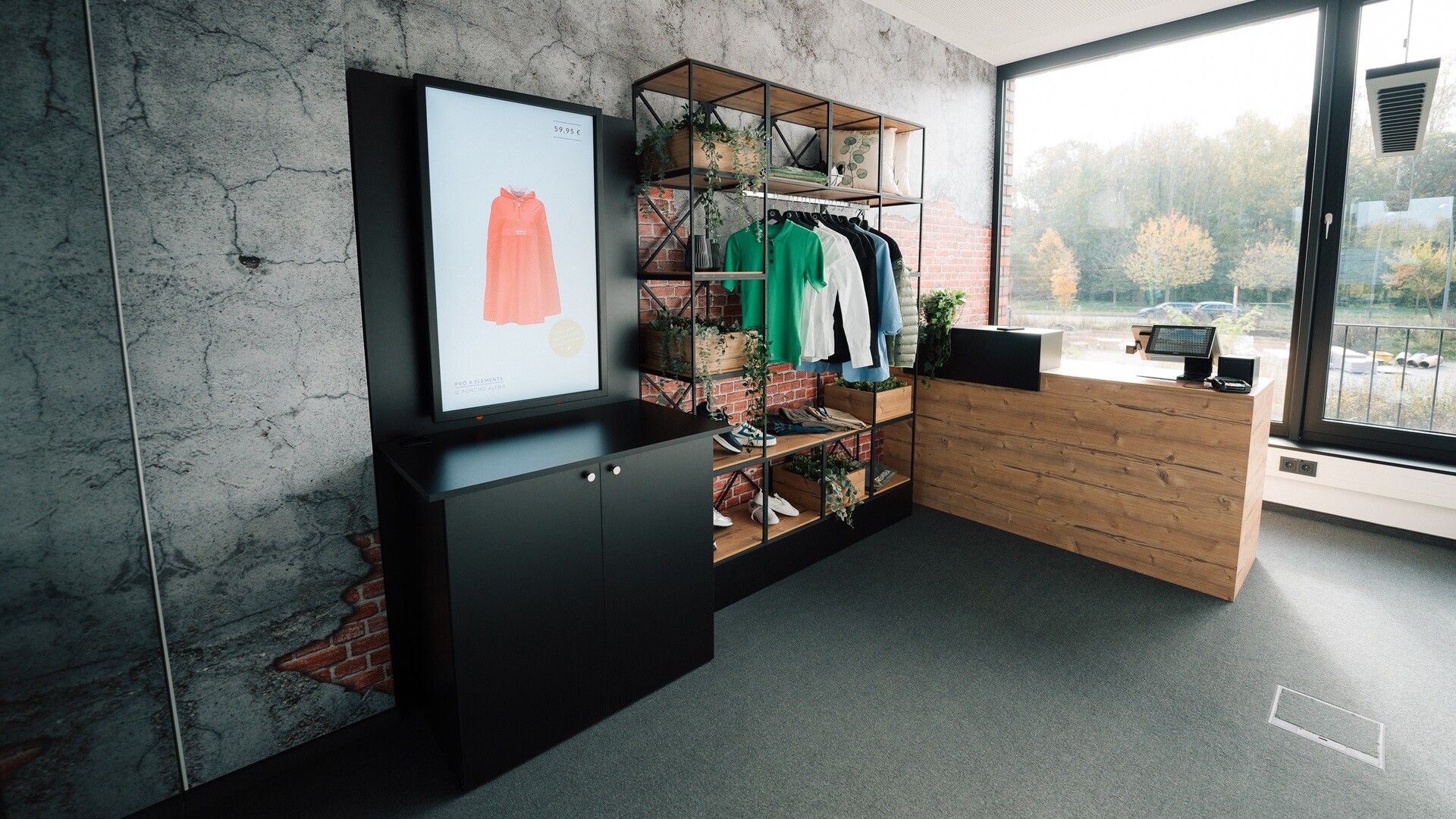Retail challenges for brand companies
Demand Forecasting in Retail: “The magnificent seven” best practices. The retail industry can’t survive without demand forecasting as they risk making poor decisions about their products and inventory, which might result in lost opportunities. Demand & Forecasting in retail is not easy... Here are seven best practices that could help you in this job!
1. Configure an S&OP process
To achieve accuracy in forecasting retail demand, a reseller sets up a monthly process to analyse the data as described in Sales and Operations Planning. With TIA A3, you systematically analyse all forecasts and comparisons with actual market results, allowing you to correct any planning gaps. By understanding which dataset or variable you didn't consider in the previous prediction, you will be able to minimize errors in the next.
2. Beware of security stocks
When a retailer is unsure of the sales he will be able to make in a given time frame, he will end up relying on security stocks. It is generally done to make sure you don't lose sales due to low or zero inventory over the period. This can cause unwanted supplies if not handled properly. With TIA, the management of the safety stock will no longer be a problem!
3. Decide, how often you measure
Once you know the metrics you want to measure, decide how often you want to use the demand planning solution. You can set up a routine or process to measure these data points on a weekly or monthly basis. Alternatively, you can choose to measure certain metrics that help you predict demand in a given market over a given time period andanother set of data points over a different time period.
4. Choose, what to measure
When it comes to retail, there are an infinite number of metrics that a company can measure. But to be able to get accurate forecasts on retail demand, you should only focus on those data points that matter to your business and influence its growth. Measured metrics may vary based on the industry you are in and your inventory turnover rate. Regardless of your business there are a few points that need to be taken into consideration when using a demand forecasting solution: quantity of obsolete stocks, frequency of inventories, shipments, orders and POS data.
5. Integrate data from all channels: POS, E-Commerce, Catalog, APP, Wholesale
If you are using an omnichannel marketing and sales strategy to grow your retail business, you need to bring all yourdata in one place. This means that you will aggregate all the data from the various sales channels for each of your products to create a single data set.This way, for all your key SKUs, you will be able to identify which channels work best for your retail business. You can also use retail demand forecasting data to plan your next product launches, promotions, shipping and ordering requirements, and more.
6. Measure customer SKU, location and planning accuracy
The main driver of the application is the customer's requirements. However, many resellers do not use their demand planning solutions to predict customer SKU, position and planning levels. If you measure the demand forecast error at the customer level, you will be able to better understand your customers. At the same time, you will also be able to identify the source of the error, allowing you to improve the retail of demand forecasts for future business plans. WithTIA A3 Customer Planning, you can compare customer planning with your plan simply using exceptions.
7. Take your data updated
The forecast of retail demand depends on the accuracy of the data. If your raw material data, finished product data, inventory data, sales data and more are out of date, you will lose vital market information, leading to inaccurate demand forecasts for future campaigns. Driven by artificial intelligence and machine learning, our solution allows retailers to make precise demand forecasts. It helps them understand data with ready-made retail dashboards that highlight insights from aggregated store data.

